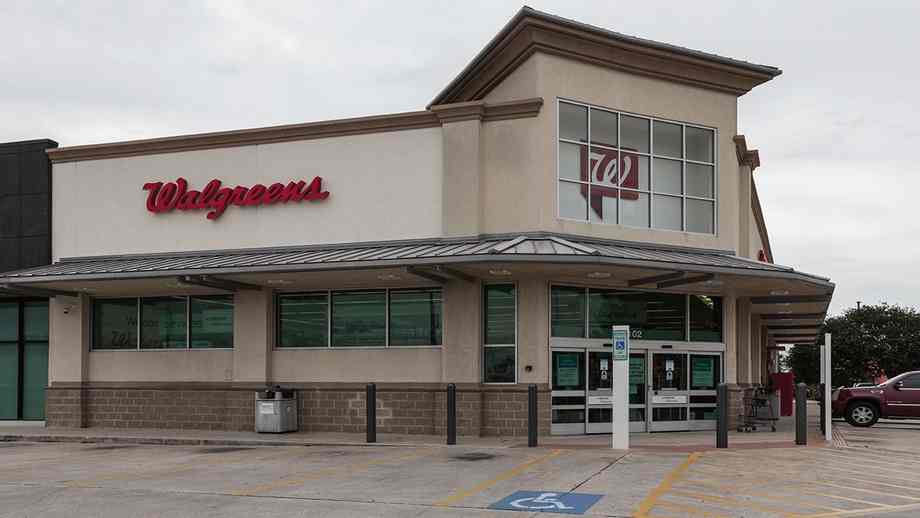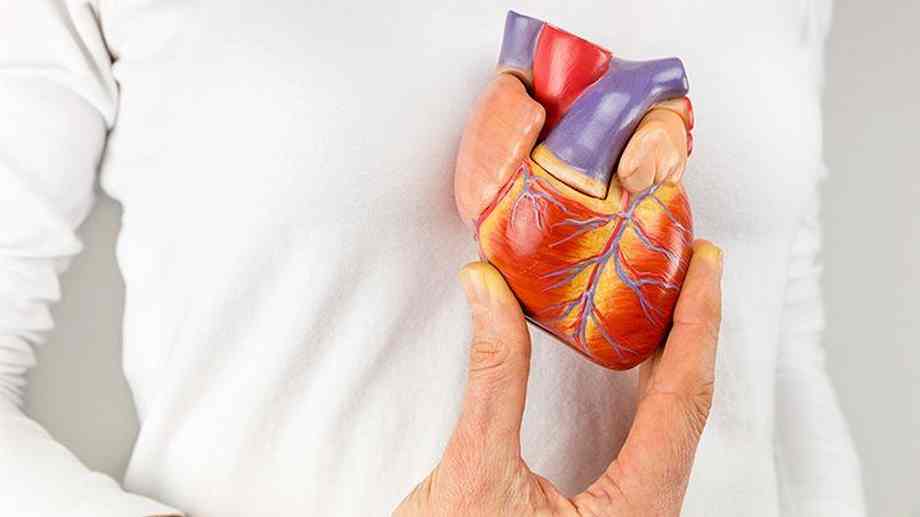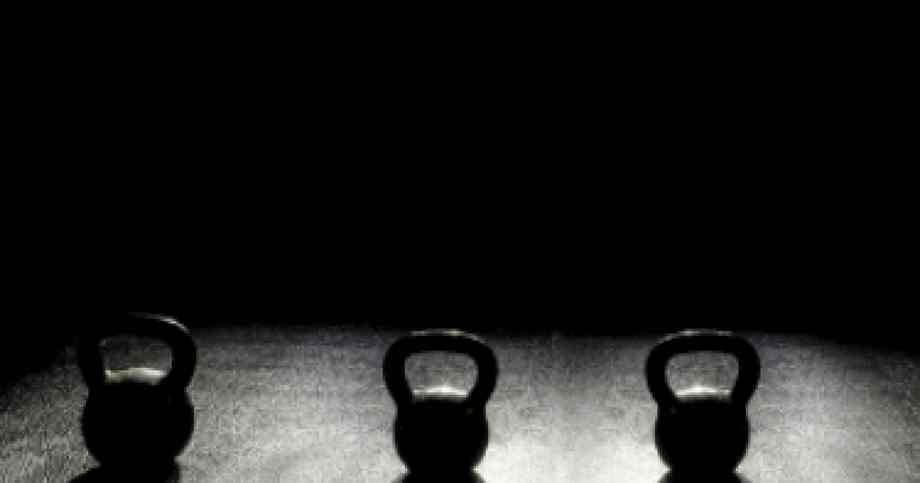Pharmacy Deserts Go away Black and Latino Neighborhoods With out Accessible Healthcare

As the US continues the struggle towards COVID-19, officers are leveraging pharmacies to assist administer vaccinations. This is good news for anyone who doesn't stay close to a hospital or clinic. However for 15 million Individuals, getting their pictures at a pharmacy nonetheless places the vaccination out of attain.
A new examine revealed within the Might problem of Well being Affairs discovered that 1 out of three city neighborhoods is in a pharmacy desert. Initially coined in 2014 by Dima M. Qato, PharmD, affiliate professor on the College of Southern California Faculty of Pharmacy in Los Angeles and senior creator of this examine, a "pharmacy desert" is an city neighborhood that’s greater than a mile away from the closest pharmacy. The gap is decreased to half a mile for neighborhoods with a minimum of 100 households with no automobile entry or 20 % of households beneath the federal poverty degree.
For the examine, researchers centered on the 30 most populated cities utilizing the U.S. Census Bureau's American Neighborhood Survey, categorizing neighborhoods by its predominant resident ethnicity. Pharmacies had been recognized utilizing knowledge from the Nationwide Council for Prescription Drug Packages and the Well being Assets and Providers Administration from 2007 to 2015.
Though there was an general improve within the variety of pharmacies over the eight years, fewer pharmacies had been positioned in Black and Latino neighborhoods. Examine creator Jenny S. Guadamuz, PhD, postdoctoral analysis fellow on the College Southern California Leonard D. Schaeffer Heart for Well being Coverage and Economics, says this is because of a mixture of a scarcity of recent pharmacies opening in nonwhite neighborhoods and the rise of unbiased pharmacy closures.
Impartial pharmacies comprise about 35 % of pharmacies within the nation however are disproportionately positioned in minority neighborhoods and are at a higher danger of closing in contrast with their company counterparts attributable to tighter margins of operation and exclusion from insurance coverage companys' most well-liked pharmacy networks.
Cities that confirmed the widest disparity of pharmacy deserts in Black neighborhoods in contrast with white neighborhoods included Chicago (32.6 % versus 1.2 %), Dallas (86.3 % versus 20.6 %), and Milwaukee (54.3 % versus 15.8 %). Comparable patterns additionally existed for Latino neighborhoods in these cities.
Dr. Guadamuz says that the unique hope for the examine was to establish a metropolis with out pharmacy deserts that might be a mannequin for the remainder of the nation. However proof suggests the disparity is getting worse since 2015, with closures creating pharmacy deserts that didn't beforehand exist.
“The disparities are so stark in each metropolis,” says Guadamuz. “It simply speaks to how entrenched segregation is in city areas and the shortage of funding in these neighborhoods all through the nation.”












